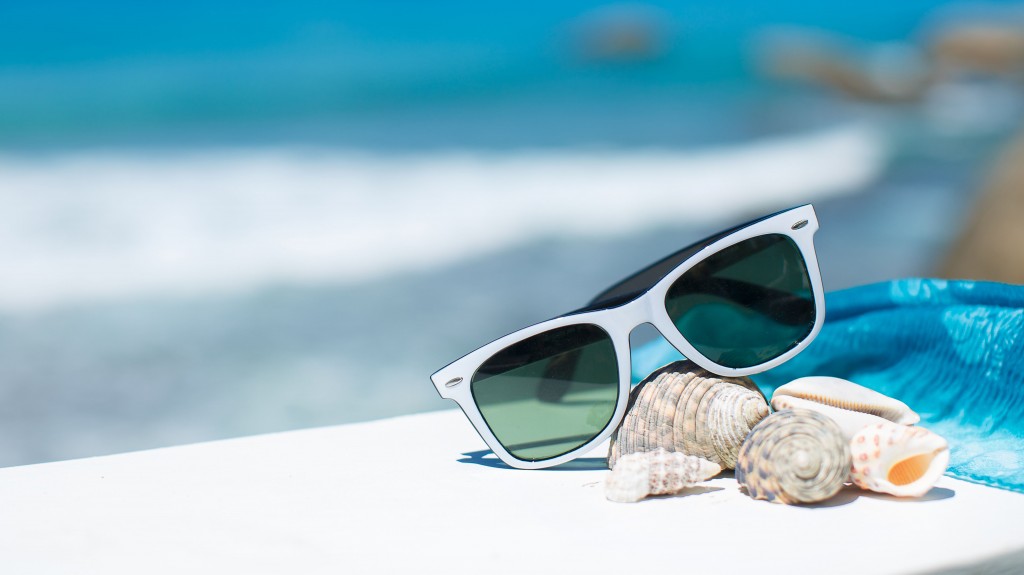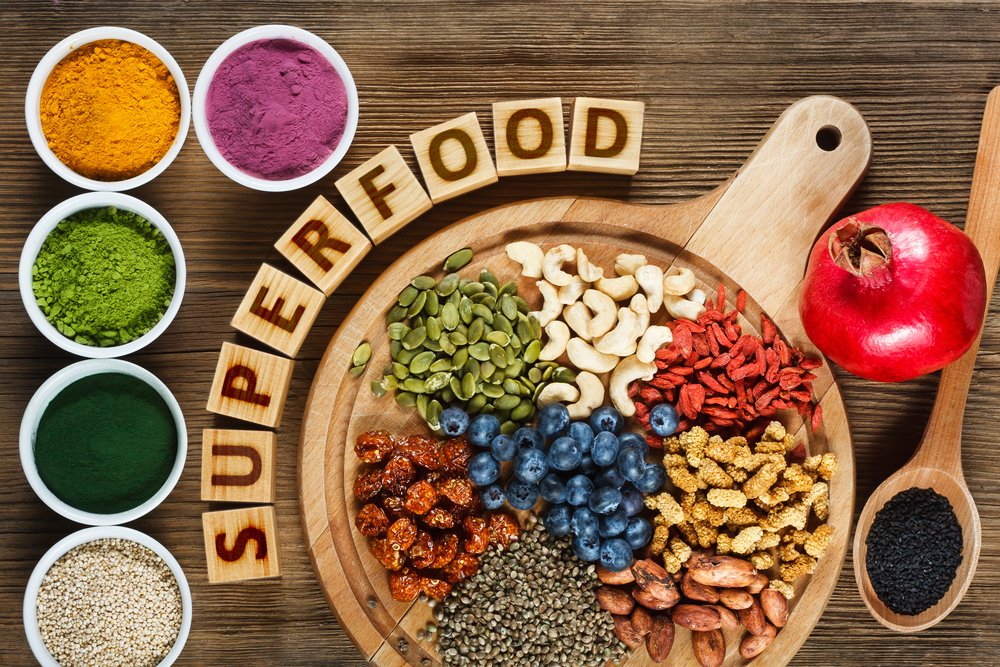Are you suffering from hair problems? We are going to teach all the related things to hair.
Where does hair grow?
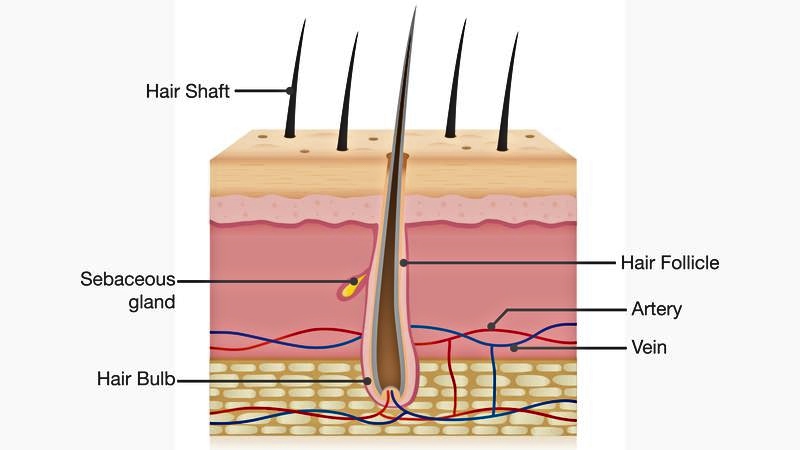
Hair grows from follicles within the skin. The part of the hair inside the follicle (below the skin surface) is known as the hair root. While the portion you see protruding from the head is the hair shaft. So each individual hair that’s the hair shaft. At the base of hair root is the hair bulb, where all the blood supply is and where nutrients are received and new cells are formed and all those new baby hairs are formed.
Also within the hair follicle are the sebaceous gland or oil gland which is what produces the natural oils that moisturize, waterproof, and protect both the hair and the skin. As well as the arrector pili which is a tiny little muscle that controls the hair and every each strand of hair has this little tiny muscle. So when you get goosebumps that’s the arrector pili working. And it is anchored to the follicle.
What is hair?
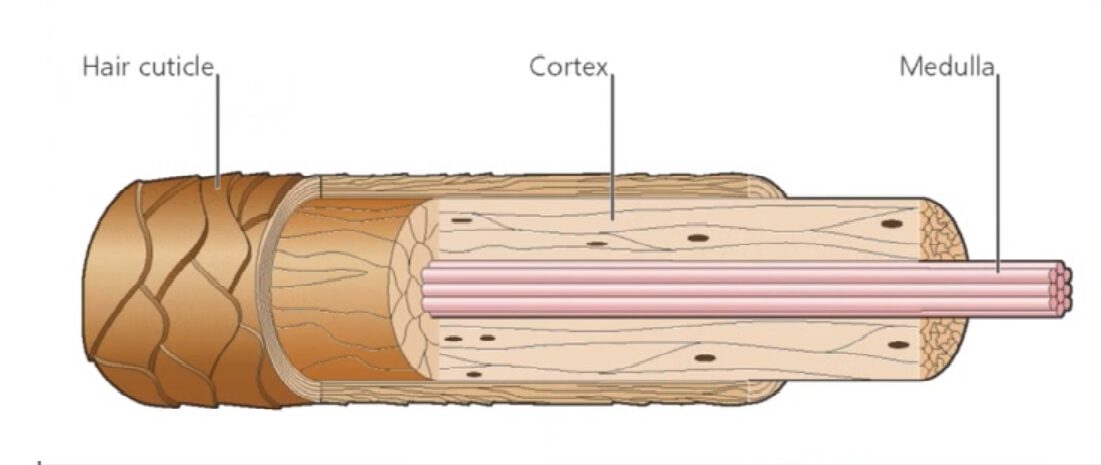
The hair is made up of three distinct structures, cuticle, cortex, and medulla.
The cuticle is the outside layer of the hair it’s kind of like fish scales or snakeskin and it protects the inside of the hair. And this is where we see the initial damage of the hair so if the cuticle is lying flat or open.
Inside in the middle is the cortex which holds the color or the melanin of the hair and is also subject to damage. In the furthermost inside is the medulla. So that’s what hair is made of.
What’s your hair type?
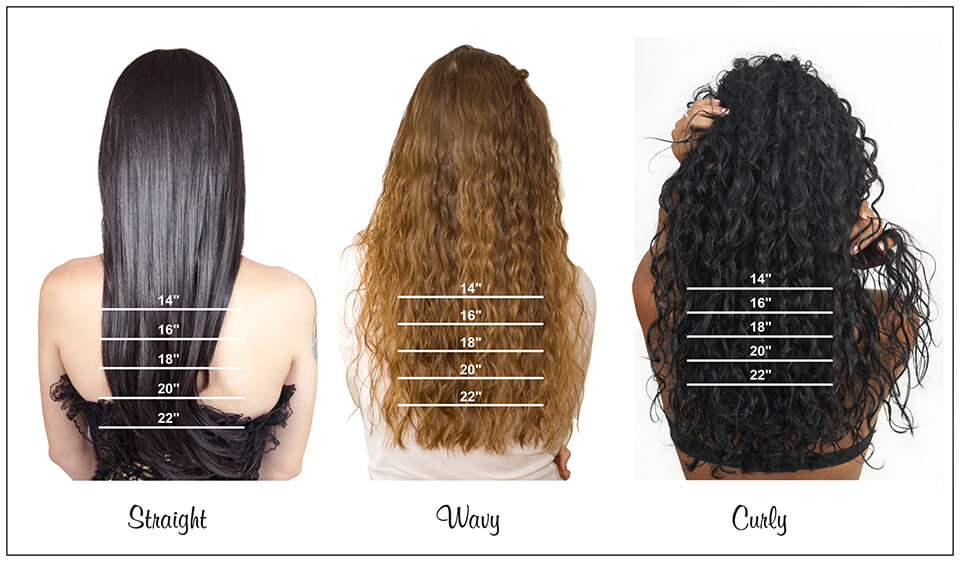
Thickness:
This is when we say thickness and when I keep saying thickness from now on you will know that I mean how much quantity of hair you have. This can range from thin to medium to thickness.
Density:
The other thing we need to talk about is density. So density is basically how thick or thin each individual strand of hair. So the hair shaft, how thin or thick is it, so we can have thin density, medium density or thick density.
Hair condition
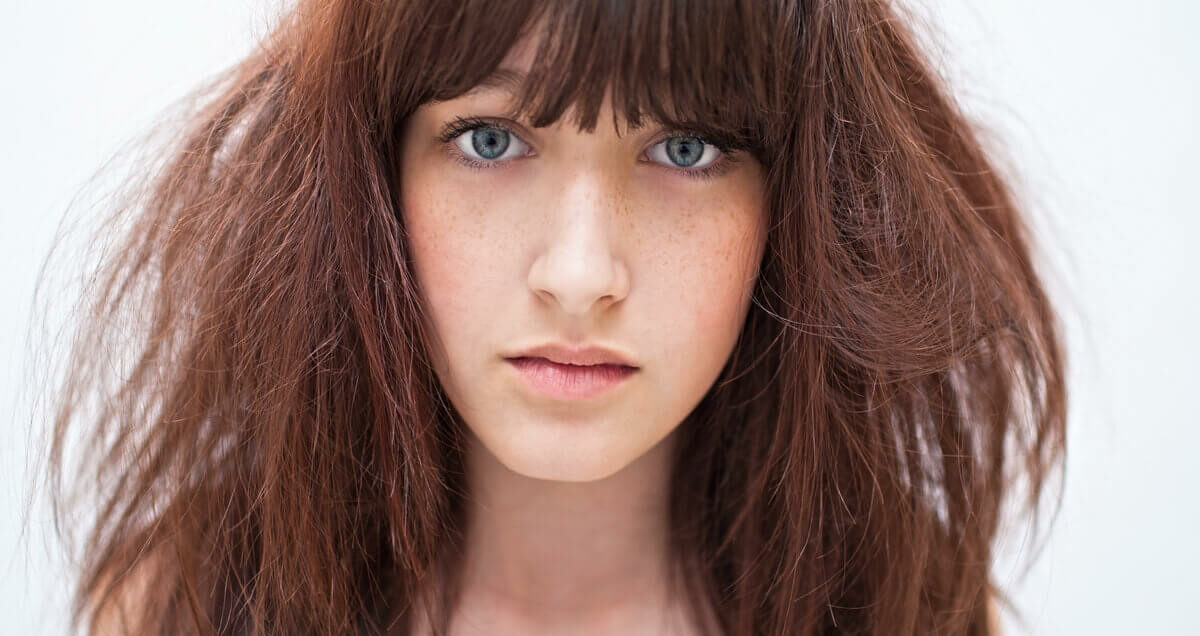
Hair condition is basically the state that your hair is in at any given moment. What condition your hair is in? This could be caused by a number of different factors or it could be how your hair naturally is. As we said that hair is made out of three distinct structures the cuticle, cortex and the medulla.
Good condition:
Hair is in good condition when the cuticle is lying flat, and a healthy cortex makes it strong and elastic. The flat cuticle, fed by good inner moisture levels will cause the hair to shine. The flat cuticle means that the hair is easy to comb. Good moisture levels and healthy proteins in the cortex will make it strong and supple.
Bad condition:
Hair is in bad condition when the cuticle is raised, damaged or missing, and when the cortex is swollen or damaged. When the inner cortex (or ends) dry out or suffer trauma, it can become split or frayed.
When the cuticle is raised, it locks together with other strands, much like a zip, causing knots and tangles. Damaged hair absorbs and holds moisture, which means it takes longer to style and loses shape more easily. It will also look dull.
What affects hair condition?

There are three distinct factors that affect hair condition.
Chemical:
- Chemical factors are basically anything chemical that touches our hair. So that’s hair coloring tints, highlights, etc, whatever it is that we’re doing to alter that color of hair, that is a chemical factor that affects the condition.
- Perms also a chemical factor.
- Styling products that are drying, for example, a hairspray that has a lot of alcohol in it. That tends to dry out the hair raise the cuticle and swell up the cortex.
Mechanical:
- Hot Tools; curling irons, hairdryers, etc. So basically any mechanical force that we apply to the hair.
- Combs and brushes; Of course when we comb or brush our hair too much or when we yank and pull on our hair that’s a mechanical factor that affects the hair condition.
Environmental:
- The Sun has a very big impact on our hair as well as our skin it’s the same thing. It’s maybe not as bad but it does affect the condition of our hair.
- The wind if we let our hair fly in the wind. I know it’s a really nice feeling but it is very easy for the hair to get split ends. If you let your hair fly all over the place.
- Extreme temperatures; Very hot or very cold temperatures, affect the hair and the skin too. And of course if you have curly hair then you know this or if you have frizzy hair humidity. It really affects the condition of our hair.
Hair problems
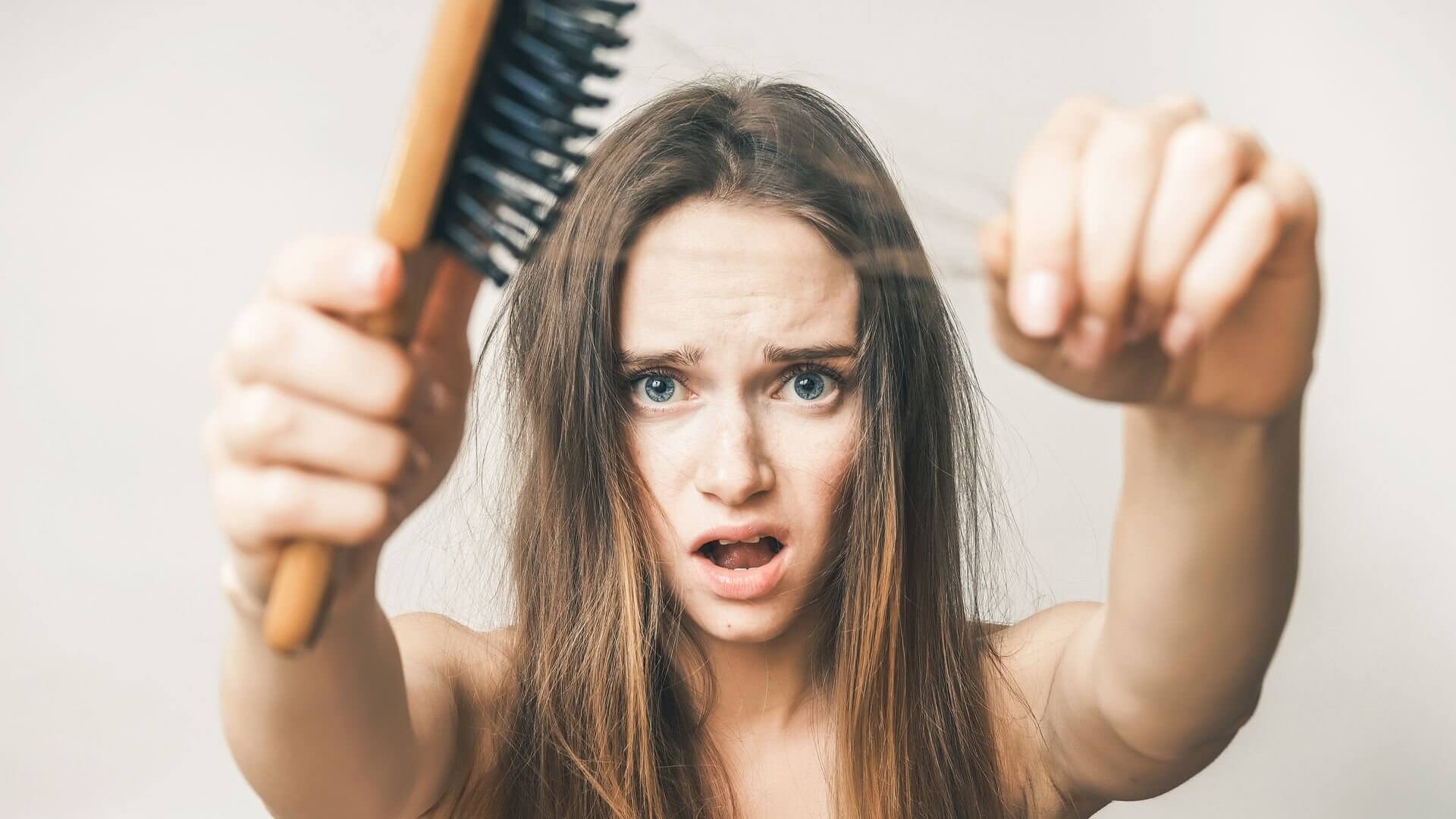
Oily scalp & hair
What you need to remember when you have an oily scalp is that there is an overproduction of sebum or oil. The oil from the sebaceous glands that exist in each and every strand of hair.
What you need to do is you need to wash less, I know that you know when your hair is oily you feel like you need to wash it all the time. There’s basically a vicious circle that’s going on when you wash your hair over and over again. And you’re basically stimulating the sebaceous glands to produce even more oil. It’s the same thing when you over wash your skin you break out you have problems and you have more oiliness. It’s exactly the same in the scalp and skin as well.
Also, use lukewarm water when shampooing. Do not use hot water. Hot water is not good for any kind of hair condition. It stimulates the sebaceous glands again more oil is produced and that’s not what we want.
Use oily hair and scalp specific products; there are numerous products out there that you can use specifically for oily scalp and hair.
Avoid using too many styling products on the roots; this is self-explanatory but you need to avoid using too much conditioner on the roots maybe just try using the conditioner only on mid-lengths and ends, not on the roots unless it is a specifically a conditioner for oily scalp.
Dry and brittle hair
You need to limit chemical damage if any so if your coloring your hair have a conversation with your hairstylist. Your hair colorist about how you can maybe change the technique of what you’re doing to your hair. Try the method which is safer for your scalp or just avoid coloring your hair.
Invest in good quality products and develop a weekly treatment ritual. I believe that in beauty products especially hair products not so much maybe skincare but especially in hair care. I believe that whatever you pay you get. So there are a few cheap products that are very good quality but in general, I find in my experience than when you pay for something then it works. Always invest in good quality professional products are usually the best quality and just develop a treatment in the ritual where you do a weekly treatment to your hair. So as to moisturize it and feed it so that it’s not brittle.
Limit the use of hot tools. If you can air dry, limit the number of hot tools you use on your hair because hot tools are really bad and really drying for the hair.
Protect against environmental damage. There are numerous Sun protecting products out there but you can also use natural ingredients of avocado oil is an amazing oil that has SPF in it naturally and is amazing for hair. So try to protect your hair against environmental damage.
Flat and liteless hair
This is something that a lot of people deal with. What you can do is use volumizing products or those designed for fine hair.
Choose the right cut and style have a conversation with your hairstylist about what cut and cutting technique and style you can use to give more volume to your hair.
Color. your hair to give the illusion of volume. This gives the eye the illusion of more hair whereas if it’s one flat color we kind of see it in one big mass and we feel like it’s less than what it is. So if you have different colors running through your hair and dimension then it’s going to give the illusion of more hair.
If hair condition allows it to consider a perm. Perms are an amazing way to give more volume to hair by making the hair wavy or just making it into big curls or big waves. Of course, you want to go to a reputable hairstylist and someone who knows what they’re doing but a perm is an amazing way to give more volume to find hair if the condition allows it. If your hair is not dry brittle or really chemically damaged or chemically treated.
Frizzy, coarse, unrully hair
Use moisturizing and smoothing products specifically for your hair type. Beware of cheap silicones.
Avoid hot water when shampooing. Hot water will make your hair even coarser and frizzier. So try to use lukewarm to warm water to shampoo your hair.
Discuss the right cut and cutting technique with your stylist. You might be a good candidate for a razor cut if your stylist knows what they’re doing or ask or some thinning out of your hair so that you have less hair to deal with. Again look for a reputable stylist to someone who knows what they’re doing and have a conversation with them about your worries that you have too much hair and just can’t handle it.


